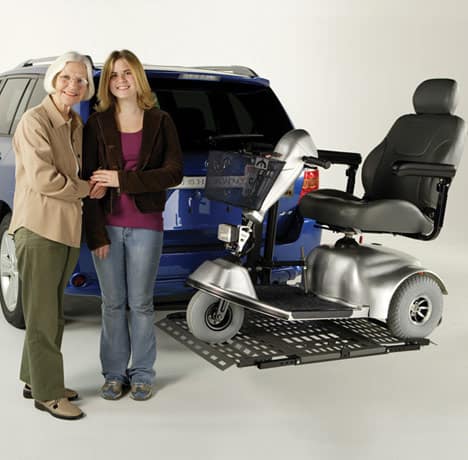Be honest and ask yourself some pertinent questions when thinking about aging in place and staying in your current living situation. Aging in place could be the right choice for you or your loved one, depending on your priorities during senior years. These personal preferences will help tease-out whether aging in place makes sense or if a residential or senior community is more pragmatic.
What are your plans for the future? Do you have goals for your senior years? The current trend is moving away from residential and senior living to the concept of aging in place. The definition of ‘aging in place’ encompasses the preference of an individual to live where they choose, in a residence that they select, for as long as possible. Aging in Place does allow for community resources to support the individuals’ decisions, such as caregiving services, transportation, and/or mobility assistance and aids.
Wondering about aging in place? Be honest about what is important to you:
- Where do you see yourself during retirement?
- What do you see yourself doing during retirement?
- What will your retirement home look like?
- How is your health?
- What types of provisions, i.e. financial, health, etc., have been put in place?
- Have you completed an advanced directive?
While aging in place may not suit everyone, it does demonstrate that it is possible to chart or change the course of your living situation and life with careful, collaborative planning. Making these choices now helps you maintain autonomy and preserve the quality of life, which is the over-arching goal of the aging in place movement.
Consider these important aspects of aging in place:
Your Plan
Write down what is most important to you; for many seniors, it is staying in their own home. It is estimated that 90% of people over 55 plan and prefer to stay in their current living situations as they age. Is this what is important to you? Some popular reasons for choosing to ‘age in place’ include wanting to be close to family, enjoying their current circumstance, and wanting to avoid the headaches of another move or relocation.
Don’t feel overwhelmed and that some aspects of living independently may be too challenging; your plan outlines how you can reach and receive help for these elements of everyday living and outlines your distinct preferences.
Problem Resolution
It is important to understand though you may be able to change the course of your senior years with aging in place, it is not feasible to fix problems and inherent hurdles that could prevent autonomous living from being sensible or safe. The only barriers that you can augment or change during this phase of life are the ones that you have addressed and planned for, such as financial and personal in nature. Sometimes, the unexpected can occur and put a wrench in the most carefully laid plans.
The Unexpected
Some unexpected issues that may arise could be an injury or medical condition. While it is possible to plan ahead for natural age-related issues, like a decline in vision, it is less feasible to plan for emergencies, like recovery and rehabilitation from an injury sustained in a fall. These types of crises can jeopardize independent living which makes preventative measures and cautions so important. Strive to keep your living environment as safe and easy-to-maintain as possible, even if that means enlisting help from outside the household.
Caregivers
One source of assistance or help that autonomous seniors have are caregivers, though most senior caregivers are unpaid family or friends. Sometimes, the only obstacle in independent living is assistance with activities of daily living (ADLs) like bathing or meal preparation. Caregivers, home health aides, and companions all serve different roles with varying scopes of practice. Many communities offer agencies on aging that specializes in resources for the aging population; reach out to find resources that may help you- or your loved one- remain in their own home, while staying safe.
Mobility Aids
A tangible way to foster autonomy is to improve access around the home, and one way this is achieved is with mobility aids and modifications. Whether a ramp or stairlift helps the individual, or if a grab bar or shower seat is all that is needed, visit mobility vendors and dealers to discuss options that make the home a safer and more convenient place to age in place.
Is aging in place the right choice for your loved one? Contact us to learn more
The US Census Bureau estimates that by the year 2030, there will be over 70-million seniors, age 65 and up, in this country. Aging in place simply makes sense for the majority of these individuals. Discuss your options further and learn more about aging in place with Pacific Mobility; call today.
President, Husband, Father, Grandfather Graduate of UC Davis- Bio Sci Major- Go Aggies! Jeff has extensive experience in all of Pacific Mobility’s products and services, and specializes in accessibility products as well as stairlifts, ceiling lifts and custom wheel chairs. His hobbies include spending time with family, gardening, mountain biking, exercising and off road motorcycle riding.
24 years as Owner/President of Pacific Mobility Center – selling, installing, and servicing stairlifts, porch lifts, ceiling lifts, pool lifts, handicap ramping, specialty wheelchairs, scooters, power wheel chairs, and other power mobility devices
Certified Environmental Access Consultant since 2008
Licensed General Contractor since 1998
Certified Aging in Place Specialist since 2016
Board Member for Home Access Professionals
Member of Association of Members of the Accessibility Equipment Industry (AEMA)




